When is the Best Time to Tour Europe?
Artsy Traveler contains affiliate links for products and services I personally use and can happily recommend. As an Amazon Associate, I earn from qualifying purchases. Please read the Disclosure for more information. If you make a purchase through these links, at no additional cost to you, Artsy Traveler earns a small commission. Thank you!
Are you trying to figure out the best time of year to tour Europe? You probably already know that summer may not be the optimal time to tour some European countries, but not necessarily all.
How do you plan your trip to get maximum bang for your euro while also avoiding crowds and enjoying decent weather?
Don’t worry! You’re not the first person to ask this question. I ponder it myself when planning my trips to Europe. And the answer depends on three factors:
- Crowds
- Activities
- Weather
I do consider two other factors–the dates of writers’ conferences and retreats I may want to attend, and the dates when my husband, artist Gregg Simpson, has an art exhibition scheduled.
Introduction
I’ve visited Europe in all four seasons, and each has its pros and cons. Yes, even summer can be a great choice, depending on where you’re going.
Read on for my recommendations for when and where to tour Europe in each of the four seasons, starting with summer.
Touring Europe: Is Summer Best?
I think back to summer vacations when I was a child. My parents packed my big brother and me into a hot car (no air con in those days) and drove us to a National Park or a beach or to visit relatives. Summer vacations were a combination of fun and sunburn.
Now that I’m a grown-up, I think about summer a bit differently. I no longer have children in school and my work commitments are flexible. I can stay home in the summer and avoid excessive heat and crowds, or I can choose destinations that give me a comfortable summer holiday experience.
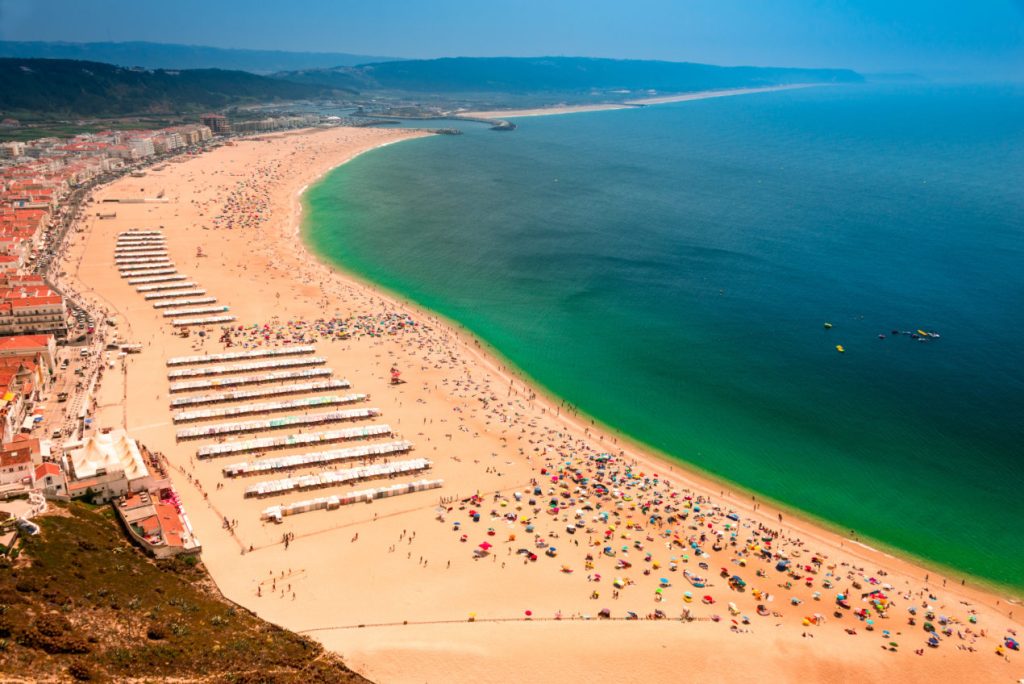
Touring Europe in the Summer
Some European countries are best visited in the summer—and some are not. Here are my recommendations.
Countries to Avoid in Summer
If possible, avoid summer travel to destinations such as southern Portugal, southern Spain, southern Italy, and Greece. Thanks to climate change, summers are getting hotter and tourist spots are paying the price.
Attractions such as the Acropolis in Greece are often closed in the afternoons because of excessive heat, and trust me, you really don’t want to tour Rome when the temperatures soar above 38 C (100 F).
Countries to Consider in Summer
Southern France, northern Italy, northern Spain, and northern Portugal can all experience hot summer weather, but don’t rule them out as summertime destinations.
I’ve visited southern France in June and ended up gasping for air during a canicule when temperatures hit 45 C. With air conditioning still not that common, I spent a lot of time floating in a pool when I wasn’t sitting indoors next to a tray of ice in front of a fan.
But I’ve also stayed for several weeks in southern France during July and August and enjoyed beautiful weather. Yes, it was warm, but not excessively so, and finding reasonably priced accommodations with pools was pretty easy.
And of course, there are beaches.
So don’t rule out visiting the south of France in summer, although you will find it crowded, particularly in August.
Northern Italy is generally comfortable in the summer, and there are all those beautiful lakes and mountains to explore.
I’ve also visited northern Spain and northern Portugal in summer and enjoyed both, even experiencing quite a bit of rain in green and pleasant Galicia in northwest Spain.
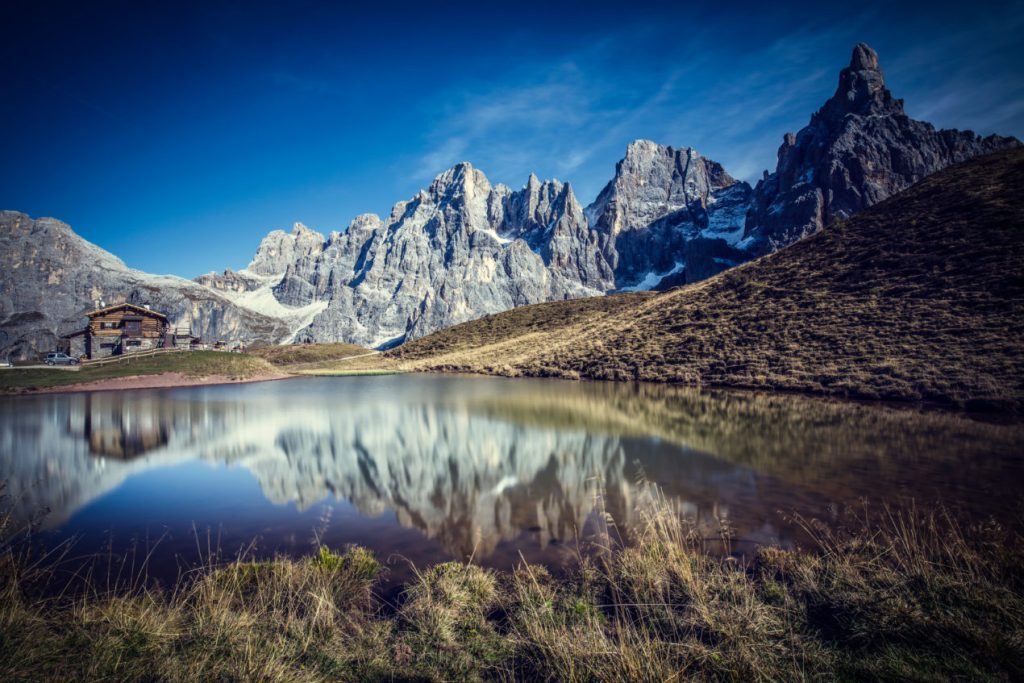
Countries to Choose in Summer
You can’t go wrong visiting countries in northern Europe during the summer. Here are my recommendations.
France
Take a summer vacation in Brittany. You’ll find some crowds, but you’ll also enjoy beautiful weather and fabulous beaches along with local festivals.
Other great options in France for summer touring are Normandy and the Loire Valley.
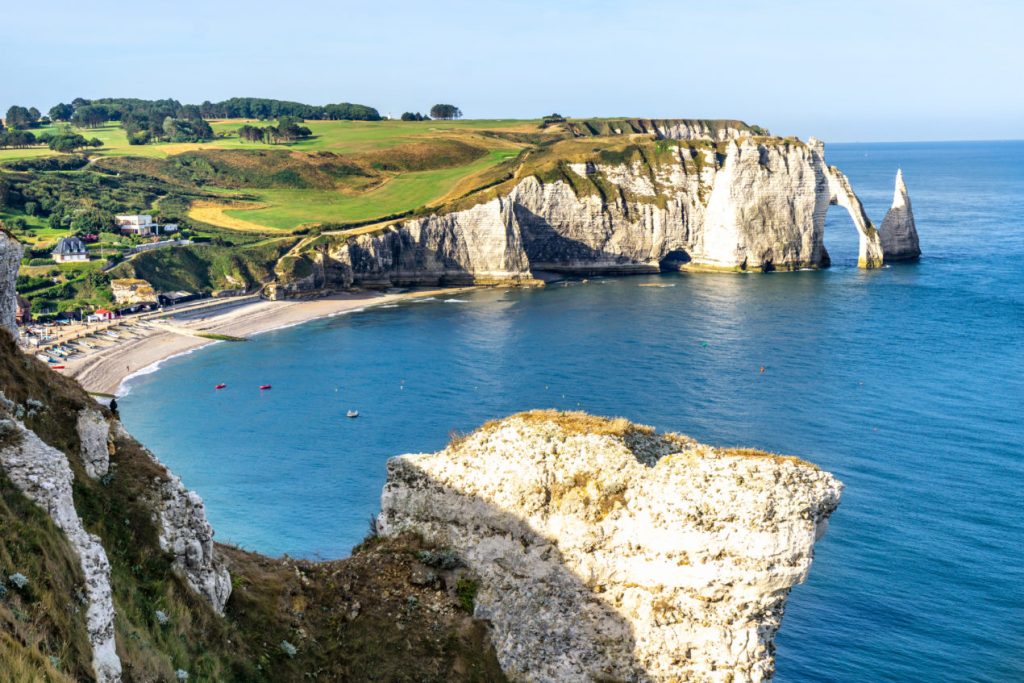
Austria, Switzerland, Germany and the Low Countries
I love visiting these countries in the summer, particularly Austria and the Low Countries. Hiking in the Alps is best (and safest) during the summer months.
And as for the Netherlands, the gloomy skies you’ll find during most of the year tend to clear in summer. A visit to the spectacular Kröller-Müller Museum near Arnhem on a balmy summer afternoon is an Artsy Traveler must.
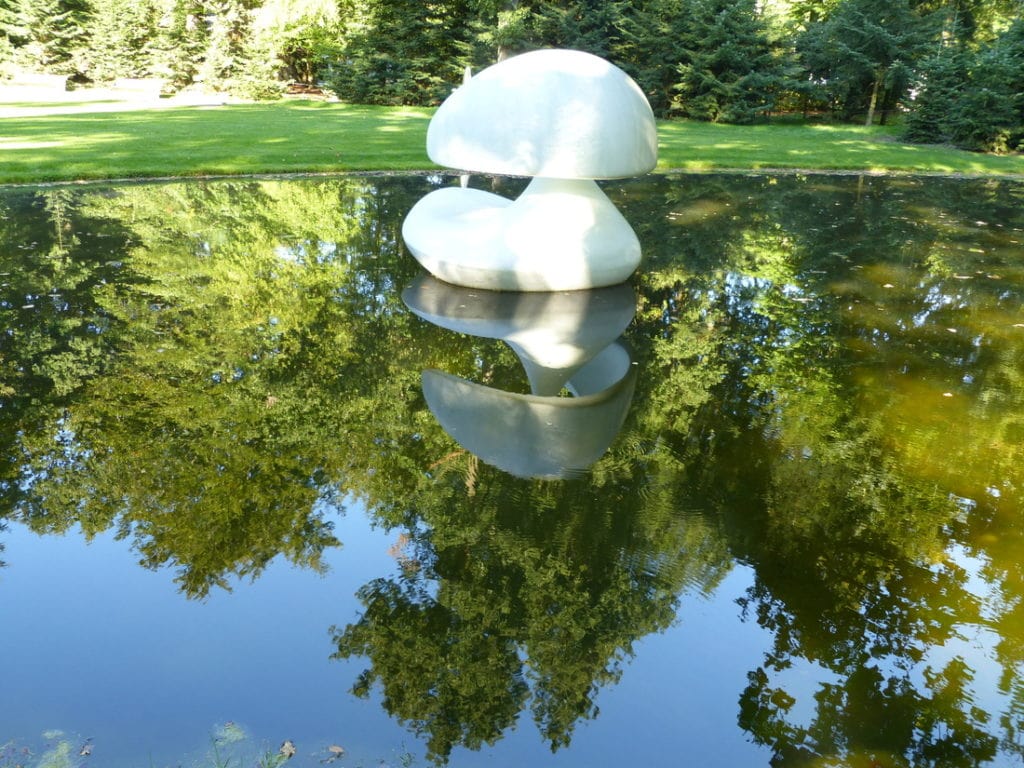
United Kingdom
Having traveled frequently in the UK, I can safely say that summer is the best time to visit England, Scotland, Ireland, and Wales if you’re hoping for good weather. You may not actually get good weather, but your chances are higher during July, August and even early September than at any other time of year.
Enjoying this post? Subscribe to Artsy Traveler to Receive Valuable Travel Tips and Your FREE Guide: 25 Must-Do Artsy Traveler Experiences in Europe for 2025
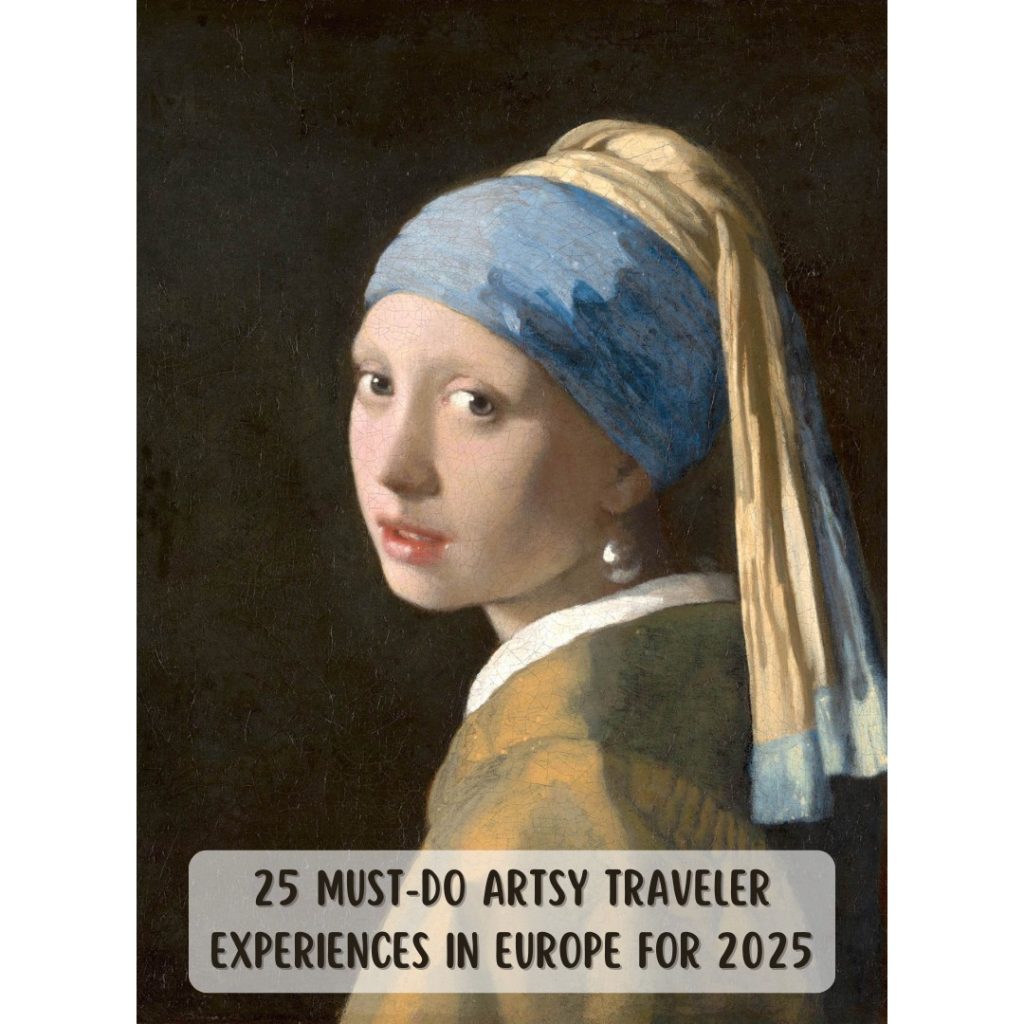
That said, I’ve toured southern Ireland in August and have needed to buy gloves and a hat.
Artsy Traveler Motto: Be Prepared!
I’ve also visited Scotland three times during the month of September and each time, the weather was spectacular. The only thing you can be certain about regarding summer travel in the UK is that if it’s raining in the morning, chances are the sun will come out in the afternoon.
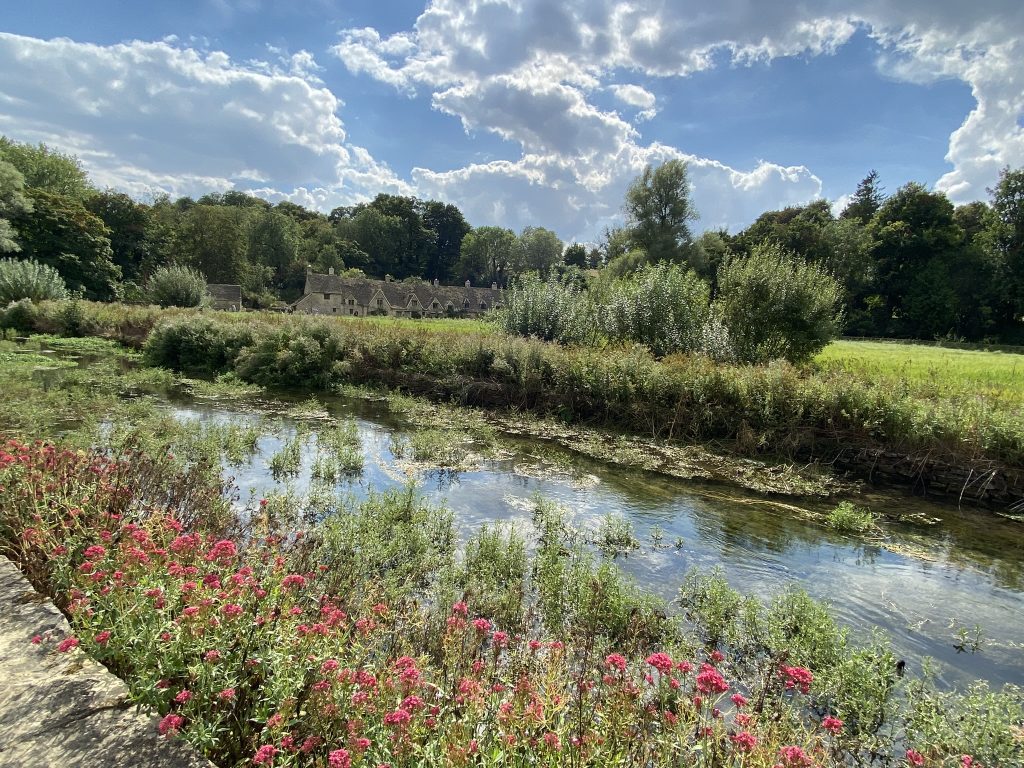
A Note About Garden Tours
One compelling reason to visit the United Kingdom during the summer months is to enjoy the profusion of flowers found both in private and public gardens. I have a soft spot for a good garden tour, and in the UK, you’re spoiled for choice.
Traveling in the Scandinavian countries in summer is delightful thanks to long days and relatively balmy weather. I spent time in Copenhagen during early September and found the weather a shade cool but mostly dry and perfect for sightseeing.
If you choose to go to Iceland during the summer, you’ll find a lot of fellow travelers. It’s a trade-off.
Visit Iceland in winter and you’ll have many sites to yourself in the semi-darkness. Visit Iceland in midsummer and you’ll jostle for position in front of every waterfall, but on the plus side, you’ll see waterfalls for about 20 hours a day.
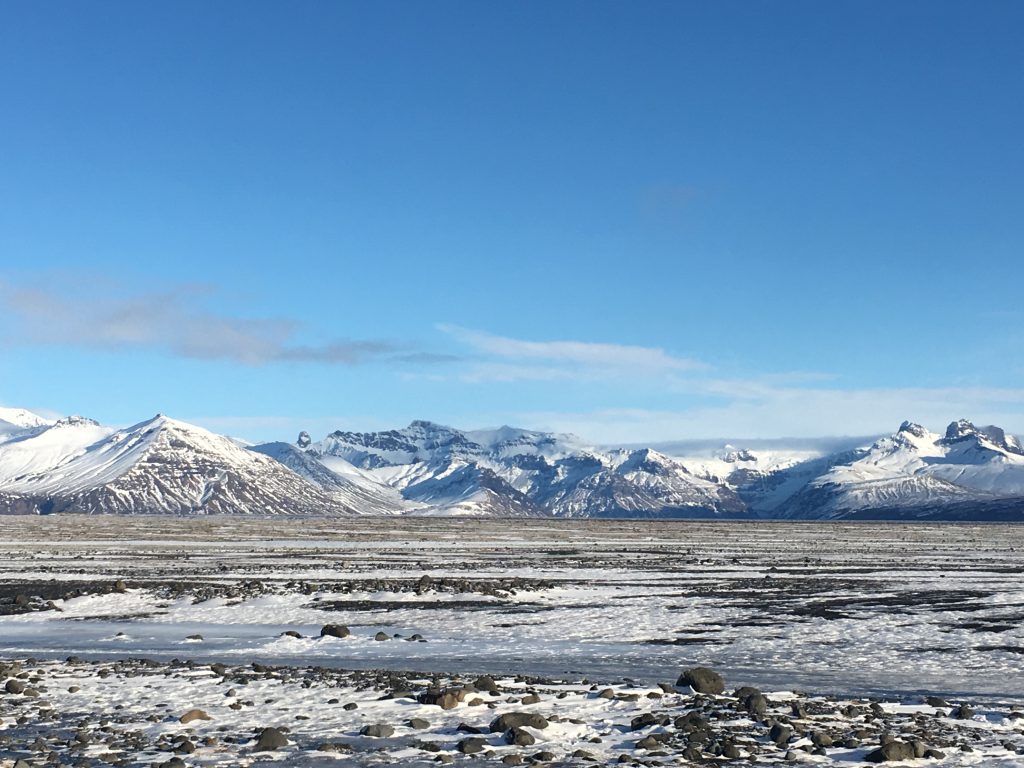
No matter when you travel to Iceland, you’ll experience ferocious weather. I visited in February, so I expected it to be cold, but I know people who visited in June and saw almost nothing of the spectacular scenery. How tragic is that?
Summer At a Glance
Crowds: Destinations can be extremely crowded, with many popular sites sold out if you don’t purchase tickets in advance.
Activities: Lots of festivals and markets, but fewer blockbuster art shows and concerts
Weather: Unbearably hot in the south; relatively comfortable in the north
Touring Europe: How About Fall?
I think that fall is the second-best season to tour Europe (or at least most of it). And if you’re wondering, I think spring is the best season (more on touring Europe in the spring below).
Here are the pros of touring Europe in the fall (or autumn for my British friends):
Major Exhibitions
I always check what art and museum exhibitions are going to be on in the destinations I’m planning to visit. While some exhibitions run through the summer, many of the best ones start in September or October.
Concert Season
Whenever possible, I get tickets to as many classical music concerts as I can when I’m traveling in Europe. Some of the world’s best orchestras are located in cities such as Berlin, Paris, and London, with most concert seasons running from September to May.

Manageable Crowds
Well, more or less. Even on a cold November day, Venice was crowded, and a recent visit to the Louvre in Paris in October was a nightmare. But overall, the crowds are not nearly as large in the fall as they are in midsummer, or even spring.
Visit popular sites early in the morning and book ahead, and you should be fine.
Pleasant Weather
I’ve visited most countries in western Europe during the fall at least once and have almost always enjoyed great weather. The temperatures, particularly as you go farther south, are warm but not too hot, and rainfall is generally scarcer in fall than in spring.
Just make sure you’re equipped with a rain jacket and hat no matter where you plan to travel in the fall (or spring, for that matter).
And if you’re traveling in November, be prepared for chilly temperatures pretty much everywhere in Europe. I froze in Venice in late November, and I wouldn’t recommend venturing north of London after October.
The days get very short by the time you make it to Scotland.
Fall At a Glance
Crowds: Popular destinations are generally less crowded than in summer, although purchasing advance tickets is always a good idea.
Activities: Major exhibitions and concert seasons start, along with some festivals.
Weather: Balmy and warm in the south growing increasingly chilly as you move north, with rain common everywhere, especially in November
Touring Europe: Winter Wonderland?
Winter is, surprisingly, not a terrible time to visit Europe, although it’s my fourth choice overall. In winter, you should focus your energies on touring cities such as London, Paris, Berlin, and Rome.
I once spent two weeks in Rome in December and loved it. The Vatican Museum was almost empty (that never happens at any other time of year) and the days were clear and crisp.
In winter, the concert season is in full swing, you’ll find plenty of exhibitions to tour, and prices for accommodations will be lower. In northern Europe, the days are shorter, but since you’ll mostly be visiting indoor sites, the lack of daylight isn’t a drawback.
I visited Iceland for ten days in February and enjoyed clear skies on every day but one. I also was able to commune with the major scenic sites in relative solitude and even saw the northern lights.
Winter At a Glance
Crowds: Popular destinations will be much less crowded, and purchasing advance tickets typically not required except for the most popular sites such as da Vinci’s Last Supper in Milan.
Activities: Major exhibitions and concert seasons are ongoing; also, Christmas celebrations and decorations enliven December all over Europe.
Weather: Chilly in the south growing increasingly colder as you move north, with rain common and snow likely
Touring Europe: Spring is the Winner!
The spring months are the perfect time to tour Europe if you don’t have your heart set on enjoying beach time or lazy afternoons by the pool. Even in southern Italy, the beaches don’t open until the end of May, and the unheated pools in most resorts are frigid.
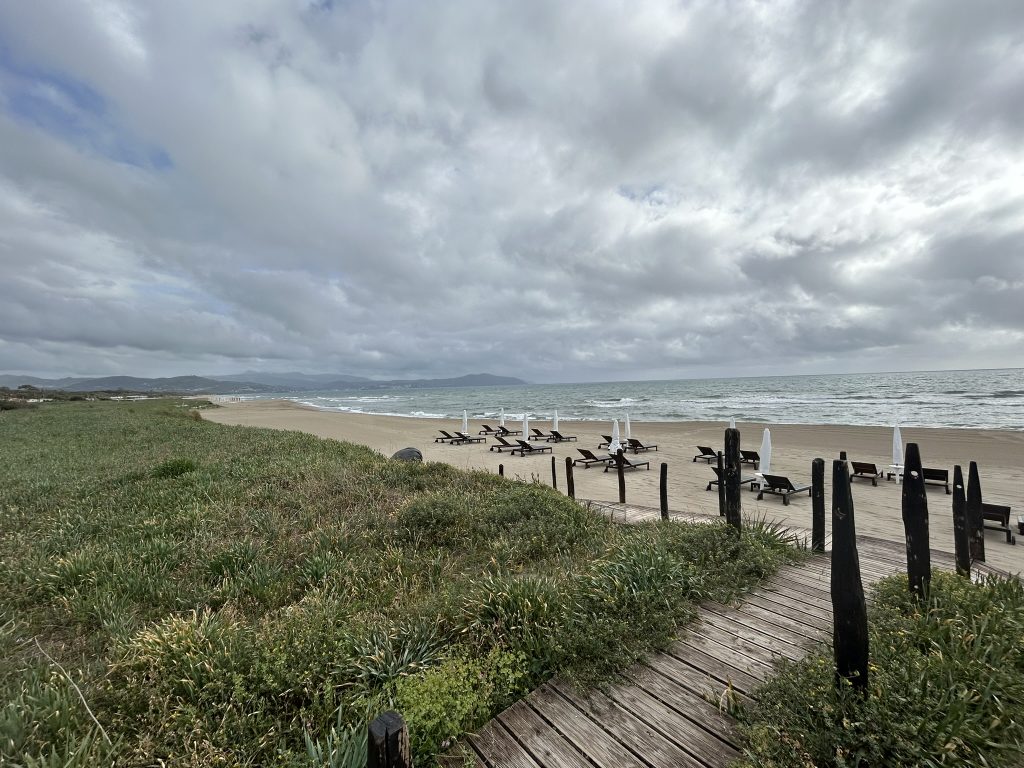
In spring, the crowds are generally larger than in fall or winter (but not as large as in summer!). You won’t be enjoying your favorite sites alone (read about my ill-fated visit to the Colosseum in Rome in May!), but at least the weather won’t be as hot.
Standing in long lines when the temperature is 24 C is manageable. Doing the same thing when the temperature hits 40 C is not.
One caveat about traveling in spring—be prepared for rain. I almost always experience a lot more rain in Europe in the spring than in the fall. On a recent trip to Italy in May, I wore a dress and sandals only once. The rest of the time, I needed long pants and a warmish jacket.
And in April and May in Paris, expect rain and then sun and then rain on repeat.


As with fall and winter, a lot of major exhibitions at museums and galleries start in the spring. In addition, concert seasons are still in full swing.
You’re also more likely to stumble across pageants and processions in spring, particularly around Easter.
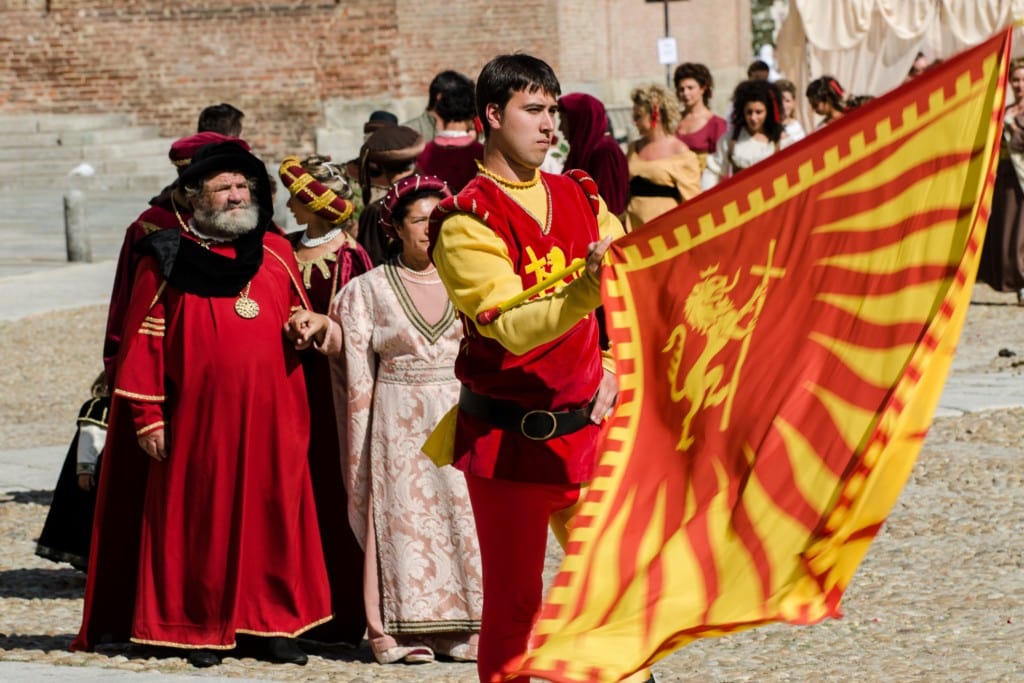
Tulips!
And if you can, make a point of visiting the Netherlands in the spring so you can tiptoe through the tulips in the fabulous Keukenhof Gardens. You’ll find plenty of crowds (go early to avoid the tour busses), but the chance to see so many tulips in one gloriously landscaped garden is not to be missed.
I’ve visited Keukenhof Gardens in April twice. It doesn’t get old.
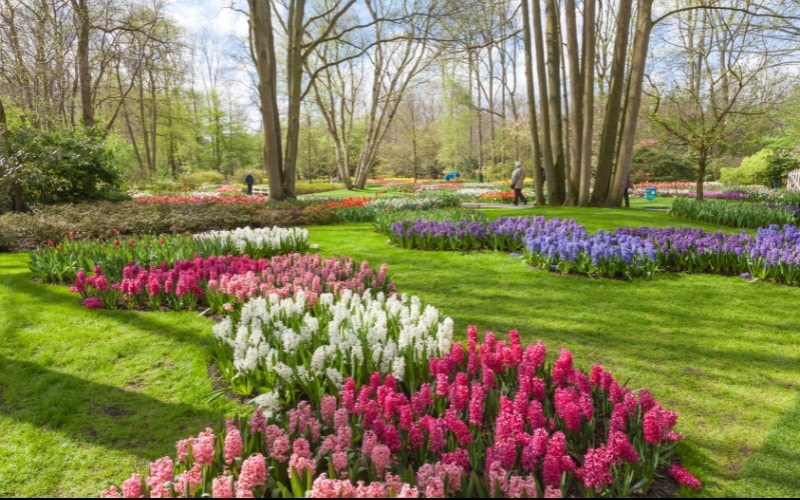
Spring At a Glance
Crowds: Popular destinations can be crowded with advance tickets advisable for most sites and required for very popular sites and museums such as the Uffizi and the Louvre
Activities: Major exhibitions and concert seasons are ongoing.
Weather: Moderate in the south and chilly in the north but generally good weather for sightseeing, although often rainier in the spring than in the summer and fall
A Note About Costs
Costs vary from place to place and season to season. You’ll pay more when you travel in high season, but high season is not always summer.
At a ski resort in the Alps, for example, the high season is winter.
I’ve generally found that prices are low-ish in winter, relatively affordable in spring and fall, and at their peak in summer, depending on the destination.
At popular times of the year, steer clear of resorts and tourist meccas such as Paris and Florence. Instead, seek out off-the-beaten path destinations. Regardless of the time of year, you’ll encounter fewer crowds, meet more locals, and get better value for the money you spend.
Top Tips for Touring Europe
Planning a trip to Europe is almost as fun as going on a trip to Europe. Keep in mind these three tips and you’re sure to make informed choices:
Tip #1: Choose countries based on the weather: go north in the warmer months and south in the cooler months.
Tip #2: Check when major exhibitions and concerts are scheduled and plan accordingly.
Tip #3: Avoid crowds by visiting popular tourist spots during less popular times such as in fall and winter, or first thing in the morning or late in the afternoon.
Ultimately, the best time to travel to Europe is whenever you have the time. You may have to go to Greece in August.
If so, travel smart by avoiding strenuous activities during the heat of the day, scheduling visits to tourist hot spots such as the Acropolis in the early morning or evening (it stays open quite late), and opting for less sightseeing time and more pool/beach time.
Or you may only be able to visit England in December. No worries! Spend the mornings visiting scenic areas and quaint villages, and then visit museums later in the day when the sun starts to go down.
And in London, spend an evening or two enjoying a West End show.
Conclusion
What advice do you have for someone planning a trip to Europe? In what seasons have you traveled? Which were great? Which are best avoided? Share your experiences in the comments below.
For more posts about traveling smart check out:

